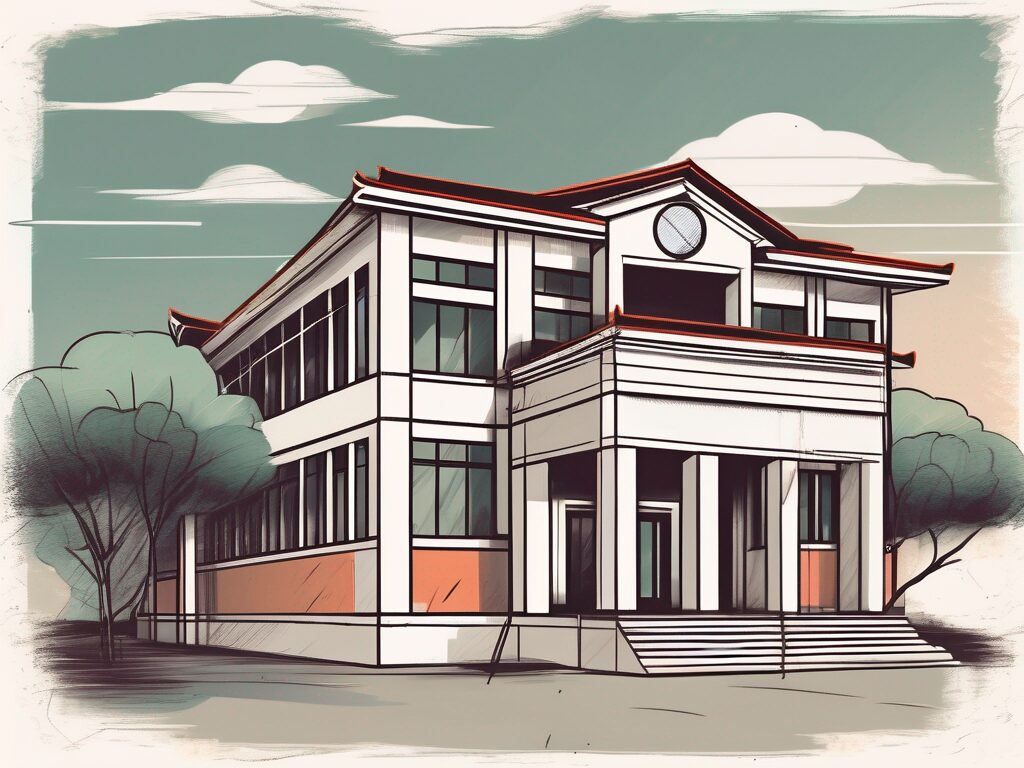In the vast and diverse landscape of global education, China stands out with its unique and robust assessment and evaluation methods. The Chinese education system, known for its rigour and high standards, has been the subject of much interest and study worldwide. This article delves into the intricacies of these methods, exploring their origins, implementation, and impact on students.
The Historical Context
The roots of China’s assessment and evaluation methods can be traced back to the imperial examination system, a civil service recruitment method and educational system in place from 605 to 1905. This system, which was highly competitive and merit-based, set the tone for the country’s modern-day education system.
Fast forward to the present day, and you’ll find that the spirit of competition and meritocracy still thrives in the Chinese education system. The Gaokao, or the National Higher Education Entrance Examination, is a prime example of this. It’s a high-stakes, nationwide examination that determines the academic future of millions of students each year.
Types of Assessments
The Chinese education system employs a variety of assessment methods to evaluate student performance. These range from standardised tests to classroom-based assessments.
Standardised Tests
Standardised tests are a cornerstone of the Chinese education system. The most well-known of these is the Gaokao, a rigorous and comprehensive examination that covers a wide range of subjects, including Chinese, Mathematics, and a foreign language, usually English. The Gaokao is often compared to the SAT in the United States, but its stakes are much higher, as it largely determines university admissions.
Other standardised tests include the Zhongkao, which is taken at the end of junior high school, and subject-specific tests for areas such as foreign languages and computer science.
Classroom-Based Assessments
Classroom-based assessments in China are typically more frequent and less formal than standardised tests. They include quizzes, homework assignments, and class participation. These assessments provide teachers with a more nuanced understanding of a student’s progress and can be tailored to individual learning needs.
However, it’s worth noting that the weight of these assessments can vary greatly. In some schools, they may play a significant role in a student’s final grade, while in others, they may be used primarily for feedback and improvement.
Impact on Students
The Chinese assessment and evaluation methods have a profound impact on students, shaping their academic journey and, to some extent, their future careers. The high-stakes nature of tests like the Gaokao can create immense pressure, but it also fosters a culture of hard work and perseverance.
On the other hand, the frequent classroom-based assessments can help students stay engaged and motivated in their studies. They provide regular feedback, allowing students to identify their strengths and weaknesses and adjust their learning strategies accordingly.
Comparisons with Other Countries
When compared to other countries, the Chinese education system’s emphasis on standardised testing is quite pronounced. For instance, in countries like Finland, there’s a greater focus on formative assessments, such as projects and presentations, which are designed to support students’ learning rather than rank them.
However, it’s important to remember that each system has its strengths and weaknesses, and what works well in one context may not necessarily be effective in another. The Chinese system’s rigorous assessments have undoubtedly contributed to the country’s impressive performance in international education rankings, but they also come with their own set of challenges.
Conclusion
China’s assessment and evaluation methods are a reflection of its cultural values and historical context. They are rigorous, competitive, and deeply ingrained in the education system. While they may not be without their challenges, they have played a key role in shaping the country’s educational landscape and will continue to do so in the foreseeable future.
Elevate Your Teaching Career with IPGCE
Understanding the complexities of China’s assessment and evaluation methods is just the beginning. If you’re an educator aiming to navigate the global education landscape with confidence, IPGCE is your gateway to success. Our International Postgraduate Certificate in Education is tailored to enhance your qualifications, propel your career forward, and connect you with an international community of educators. With IPGCE, you’re not just overcoming the barriers of stringent qualifications; you’re also paving the way for significant career advancement, salary increases, and a deeper understanding of diverse educational systems. Embrace the opportunity to balance professional development with your current commitments through our flexible online study options. Join the UK’s #1 Teacher Training Course and transform your potential into progress.

